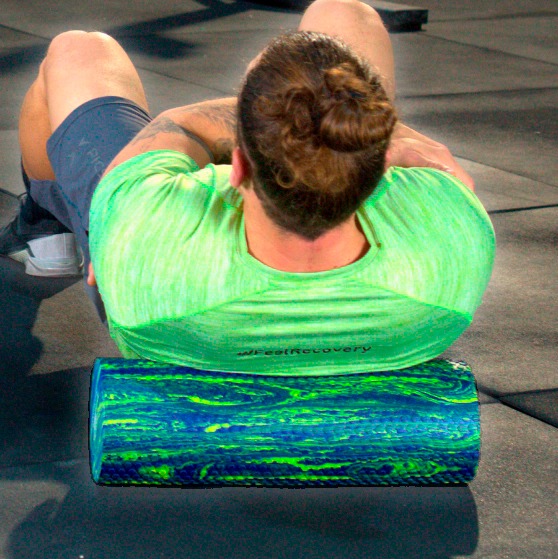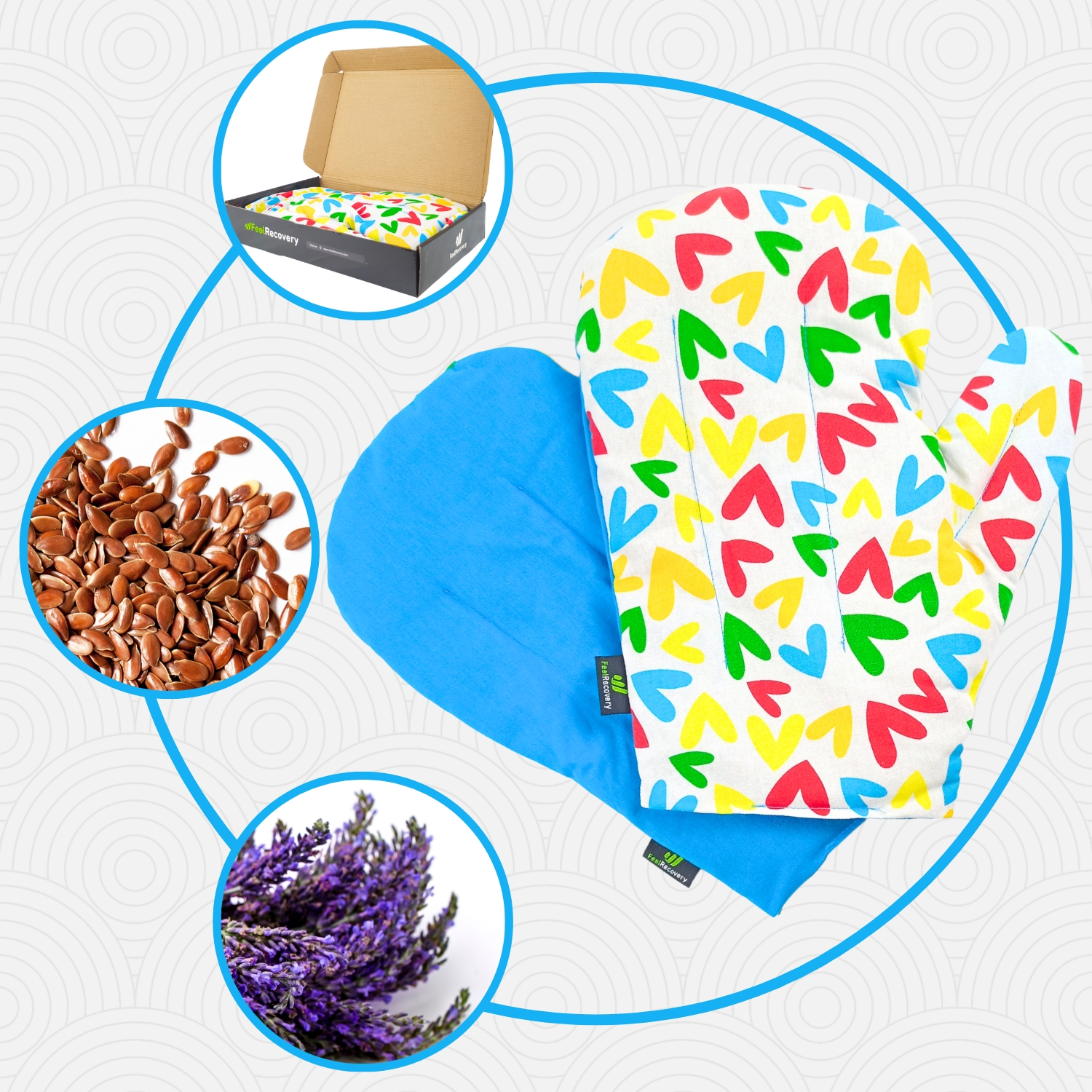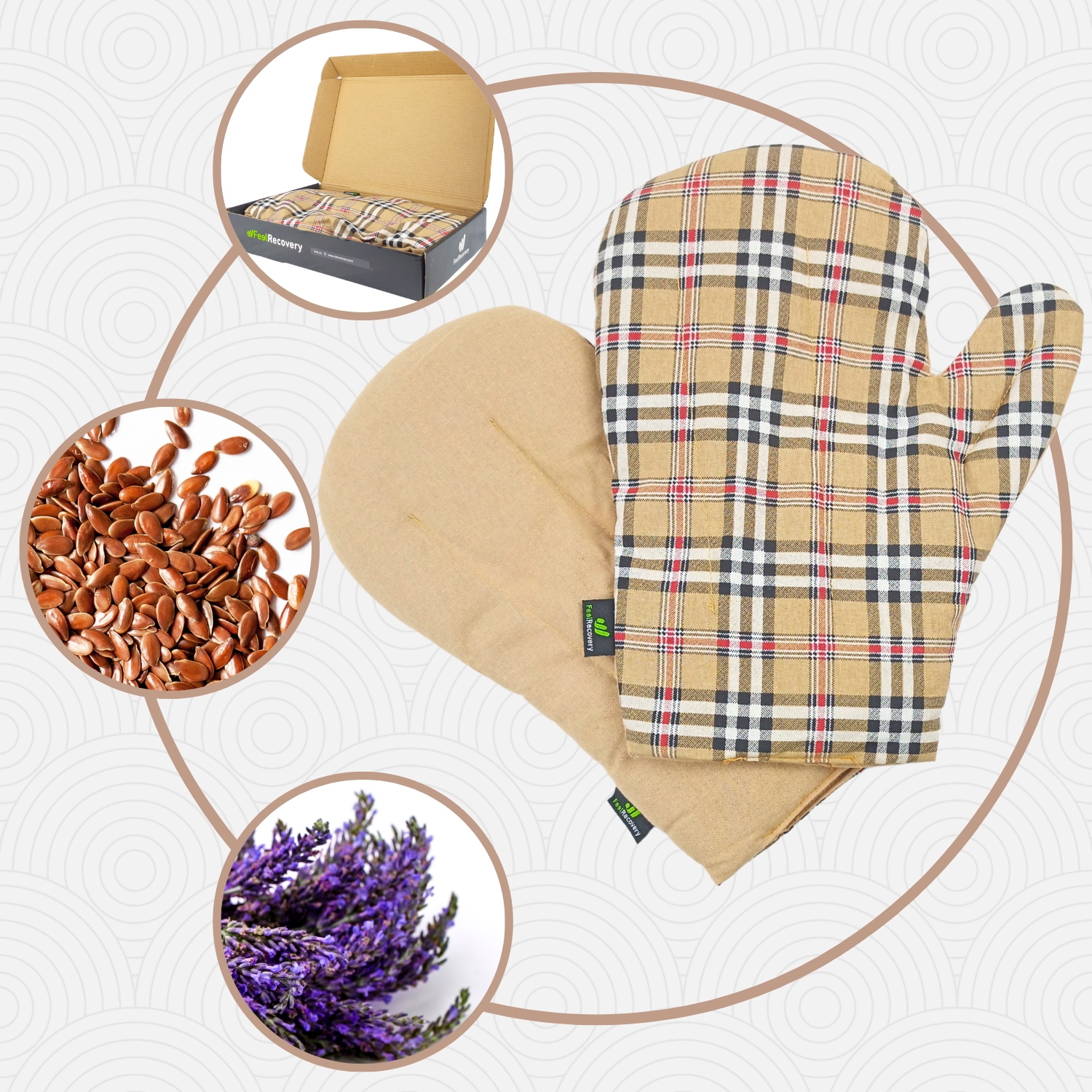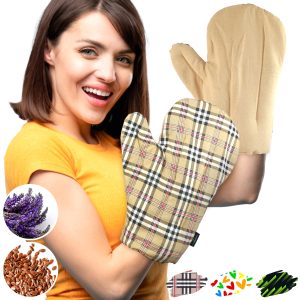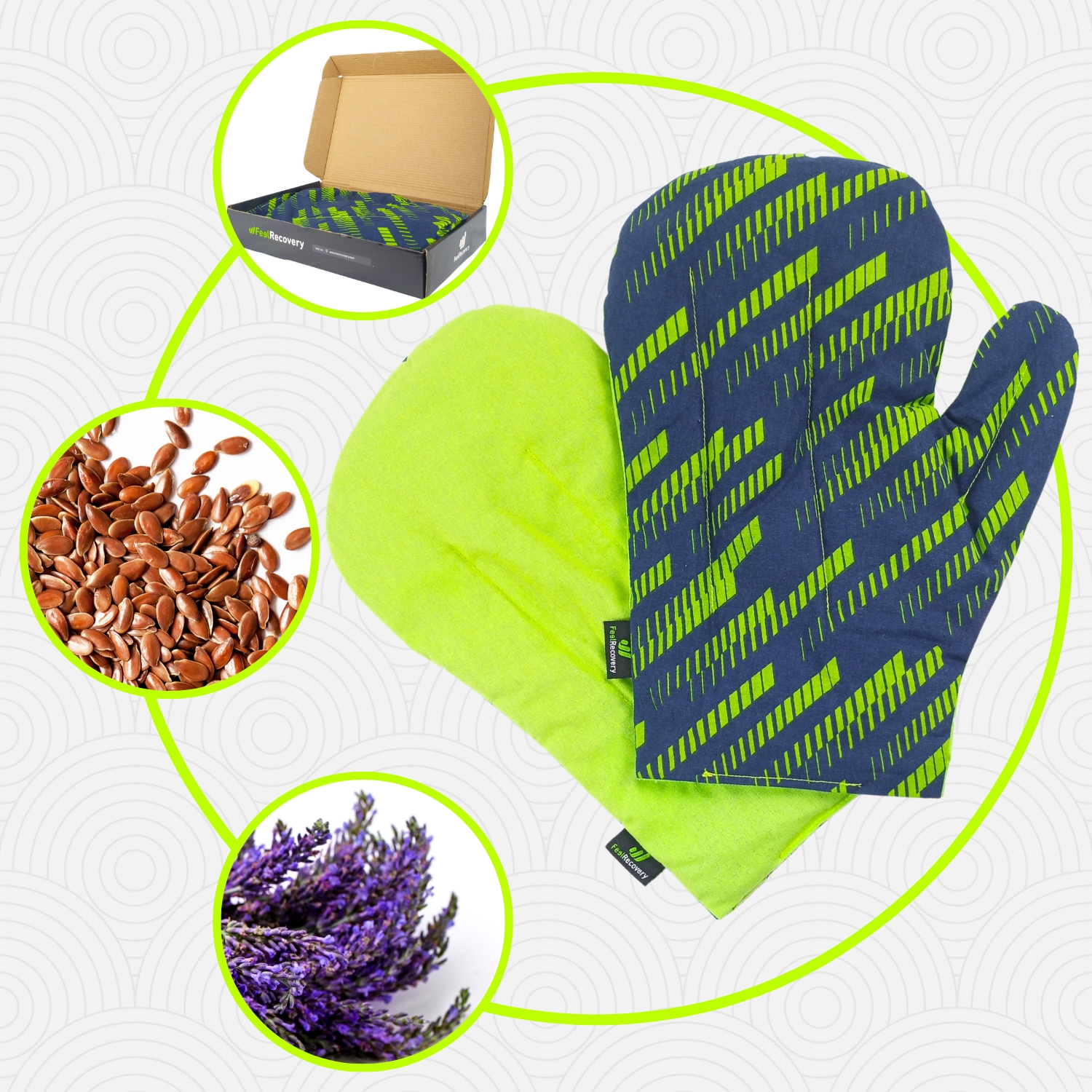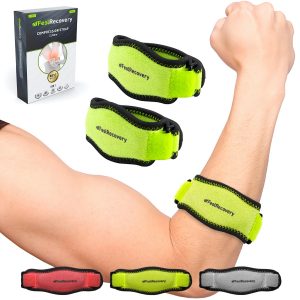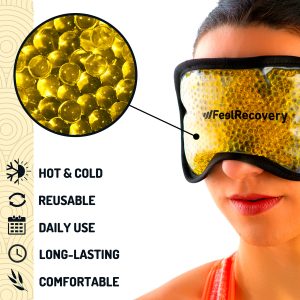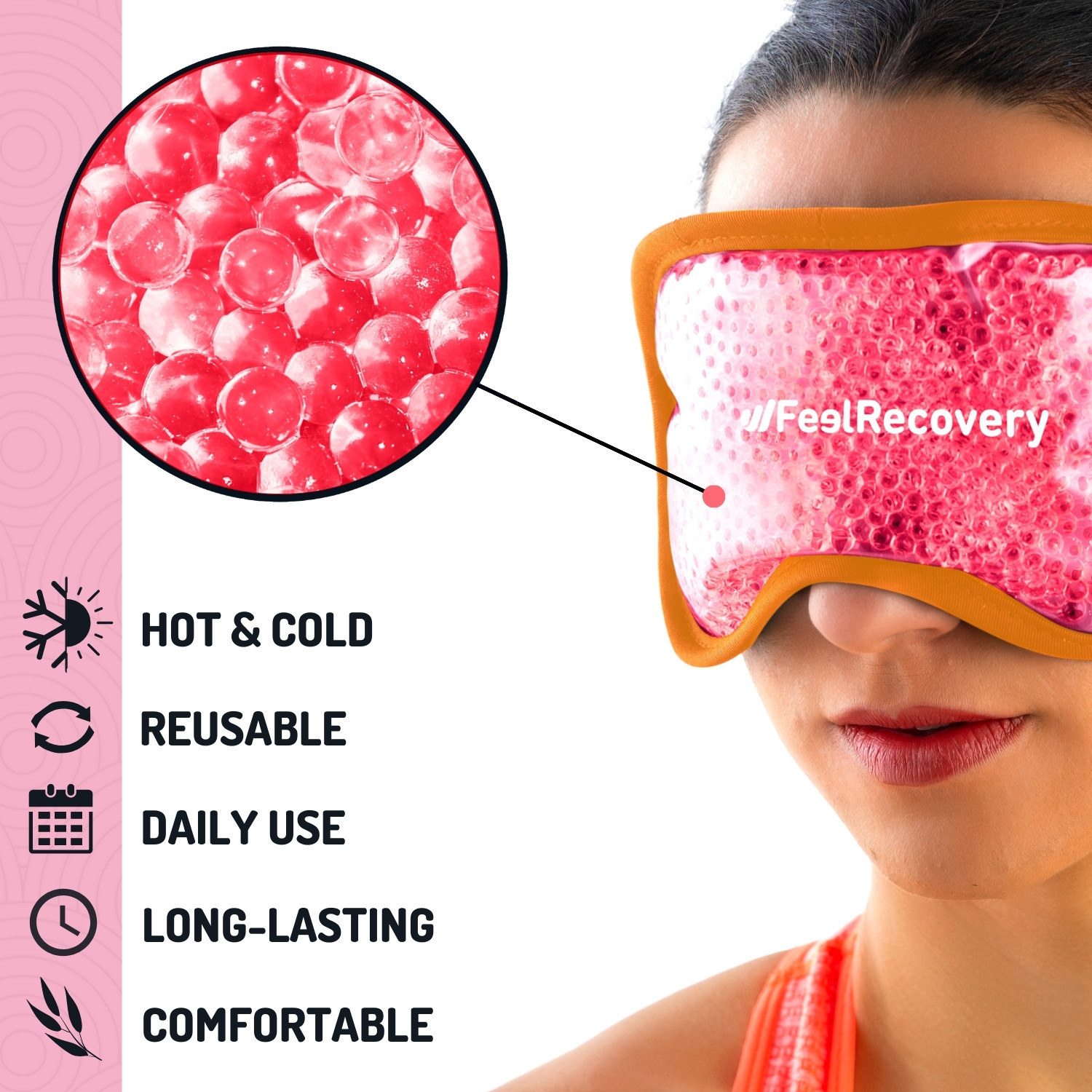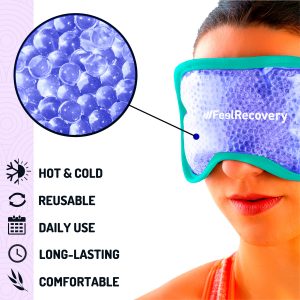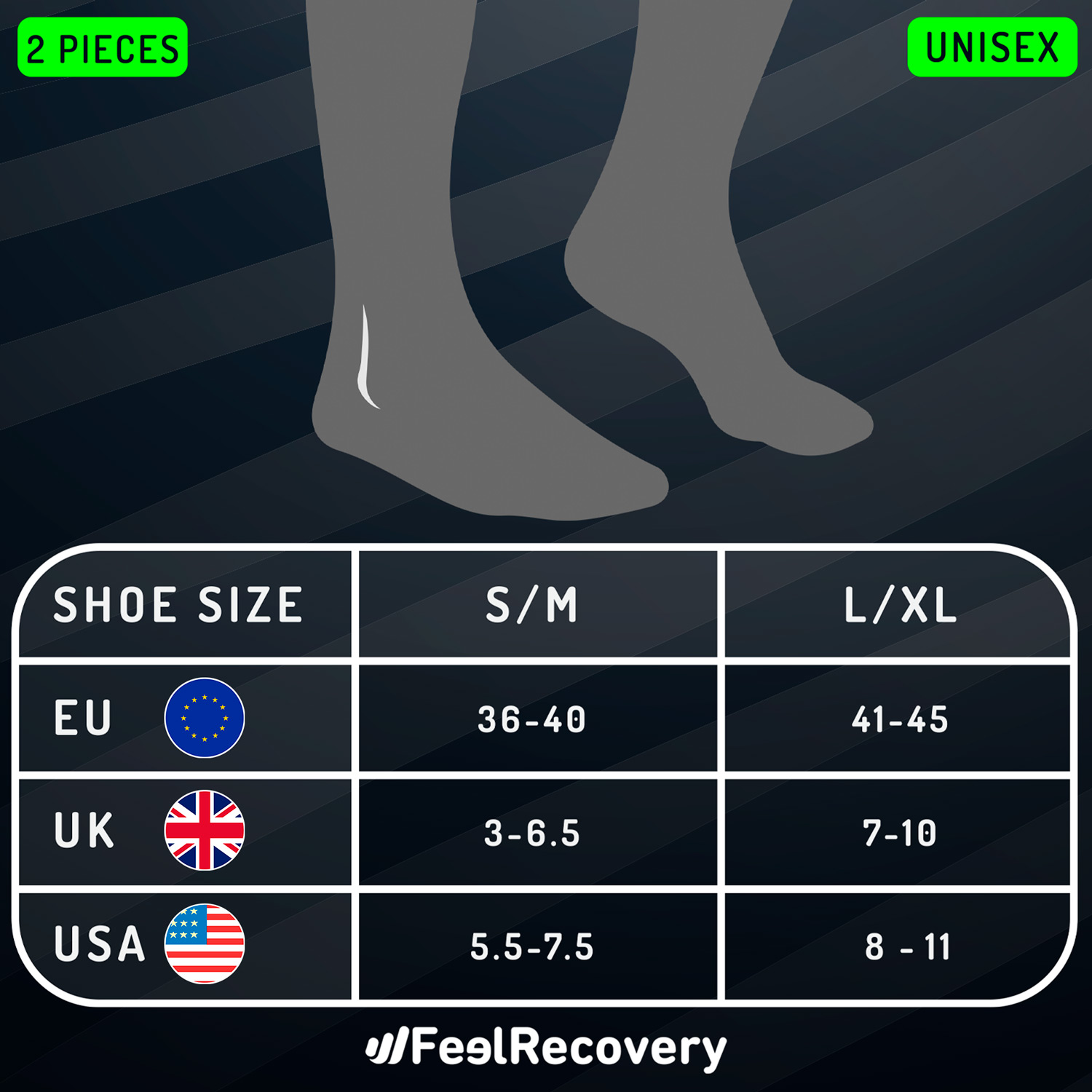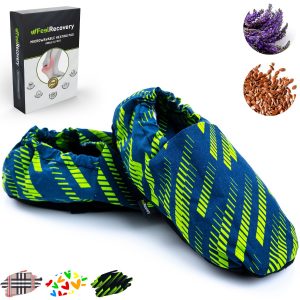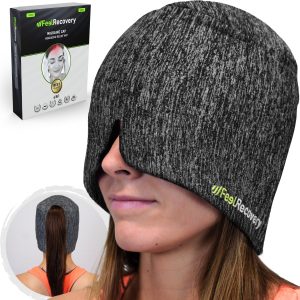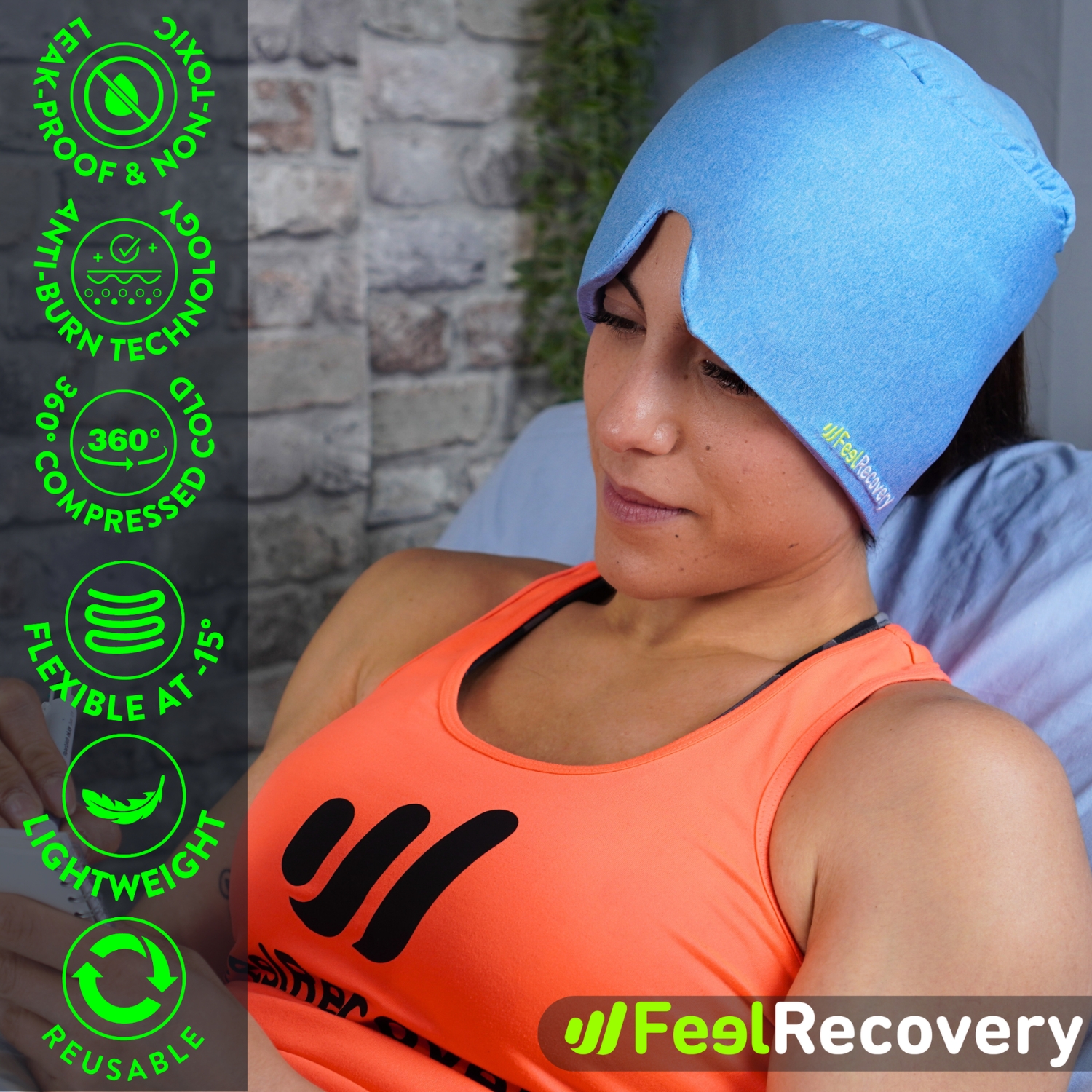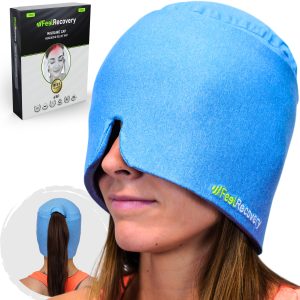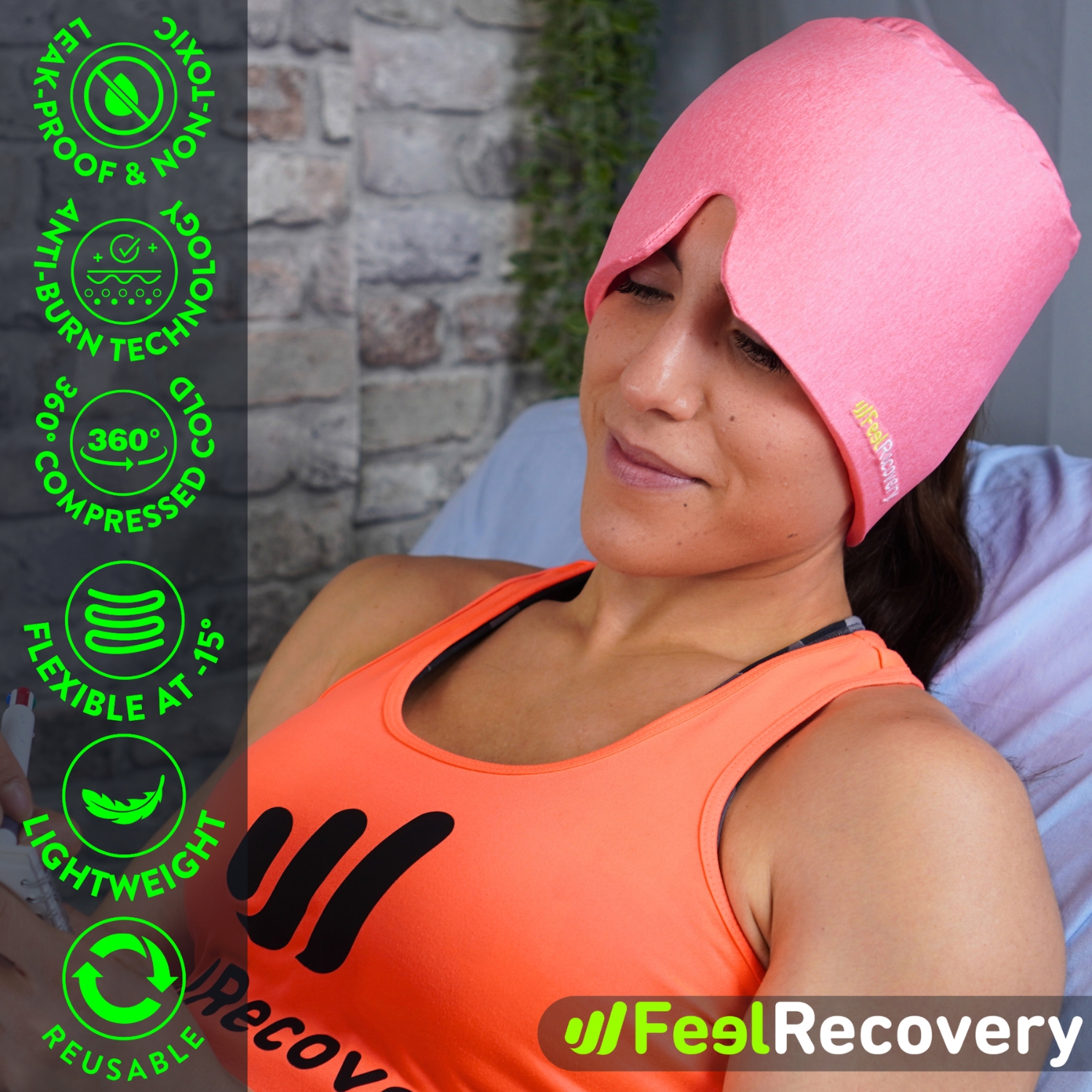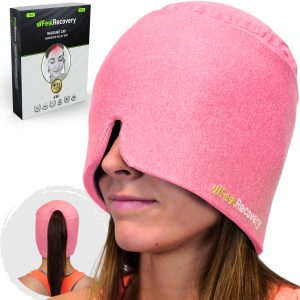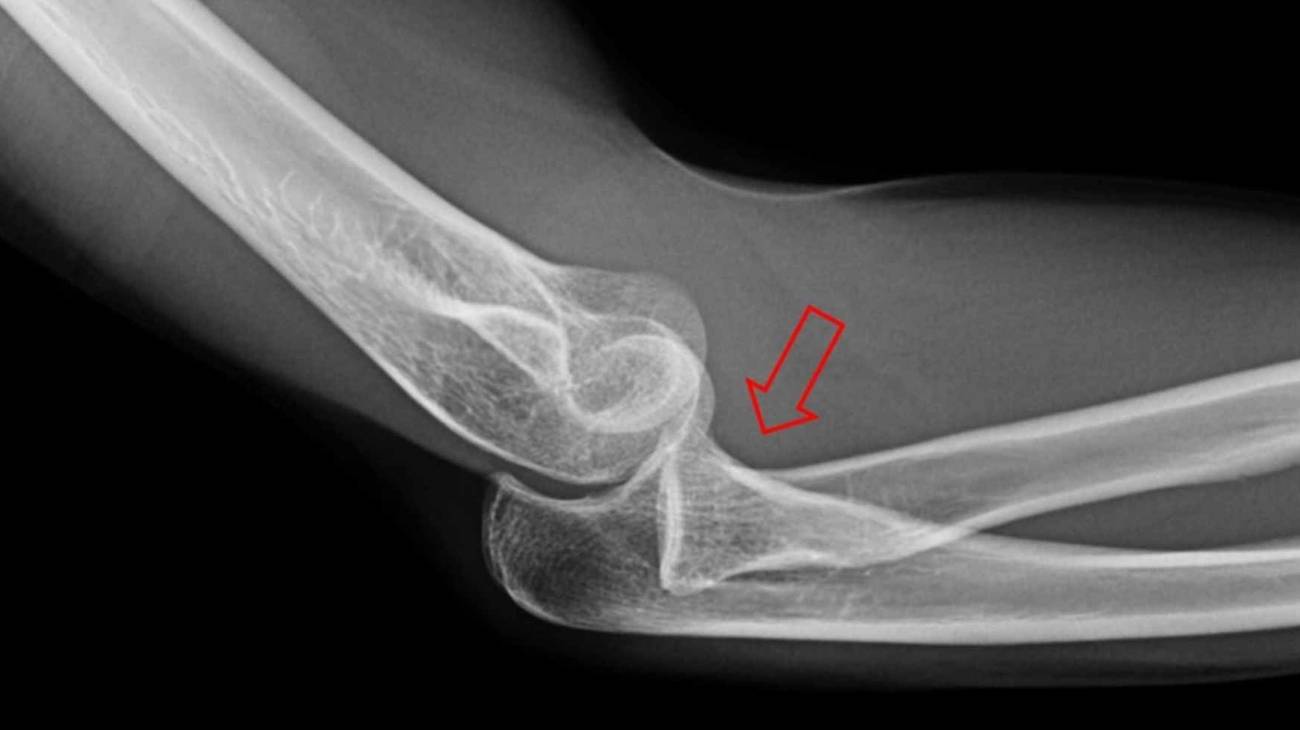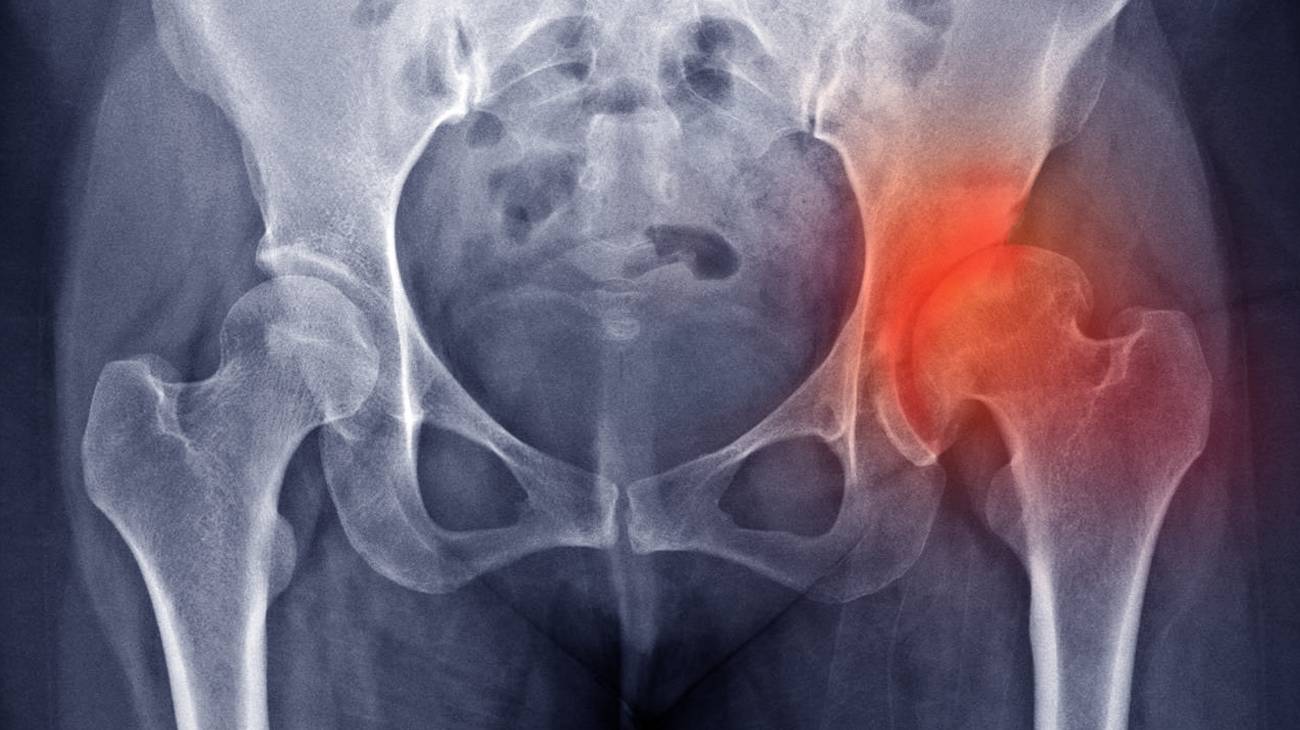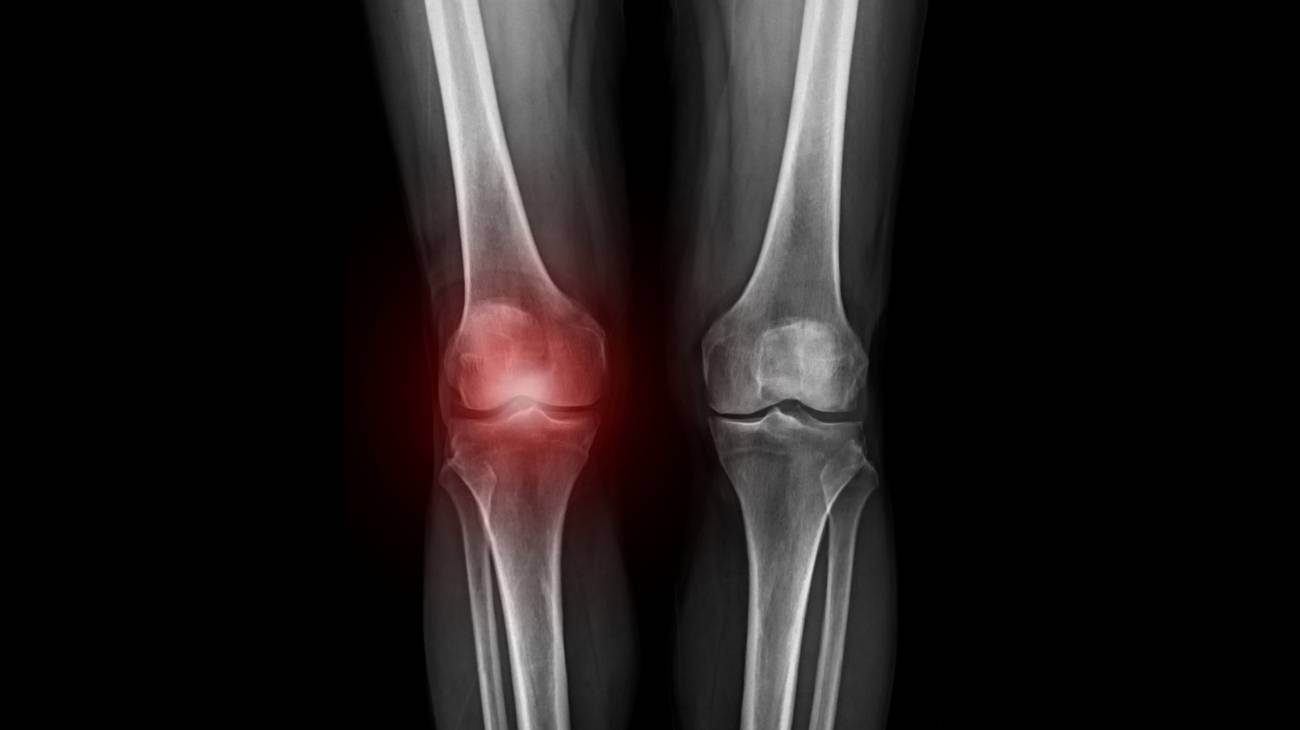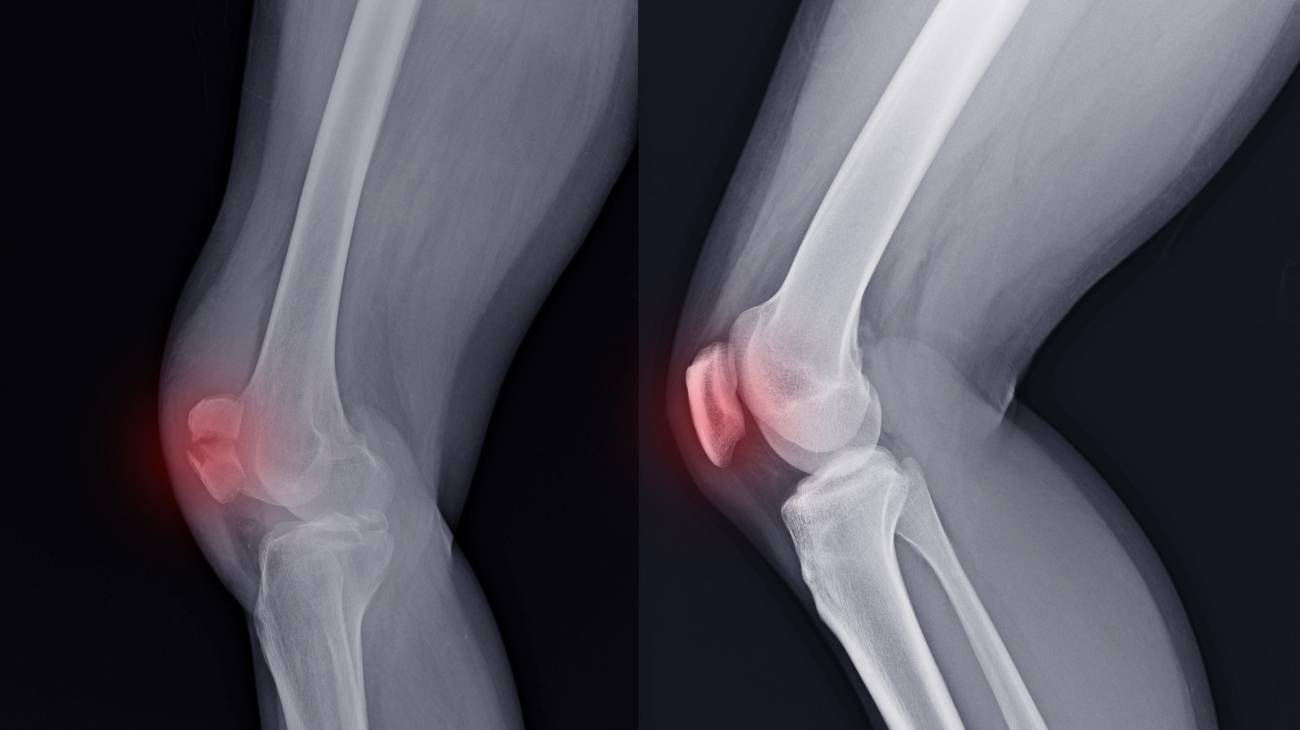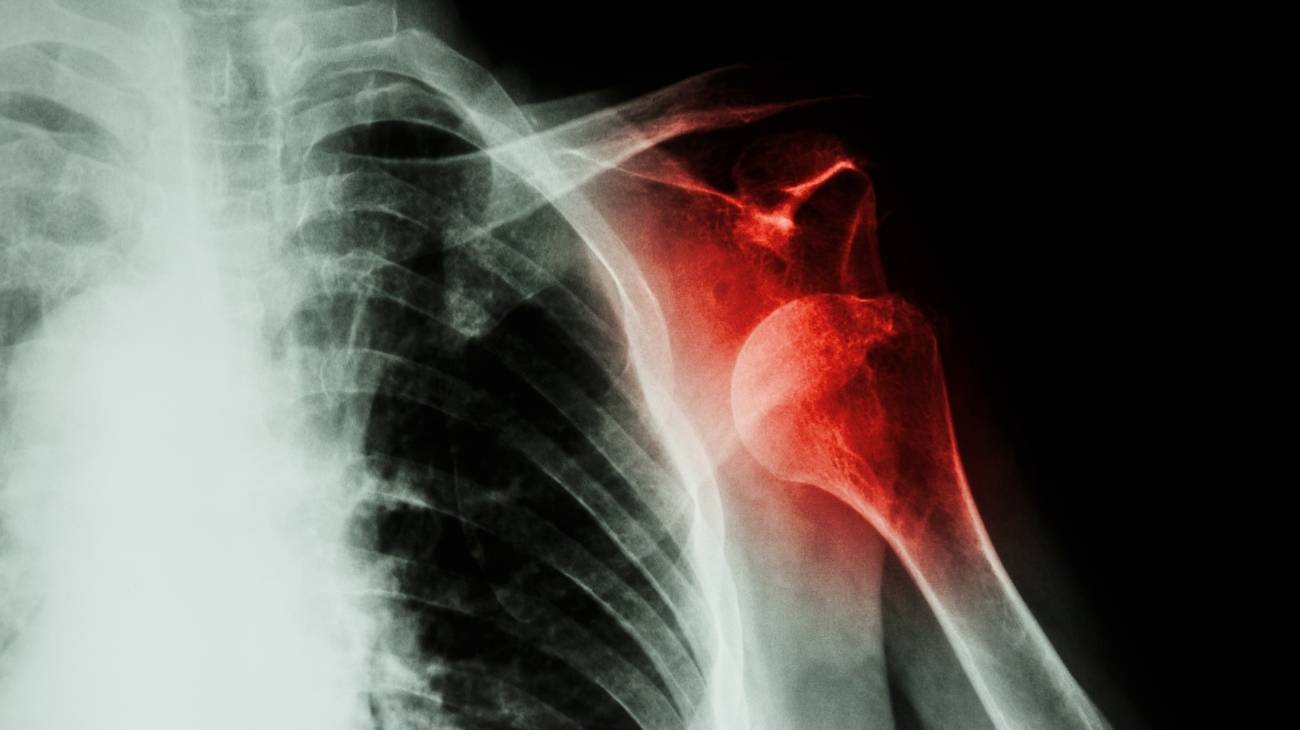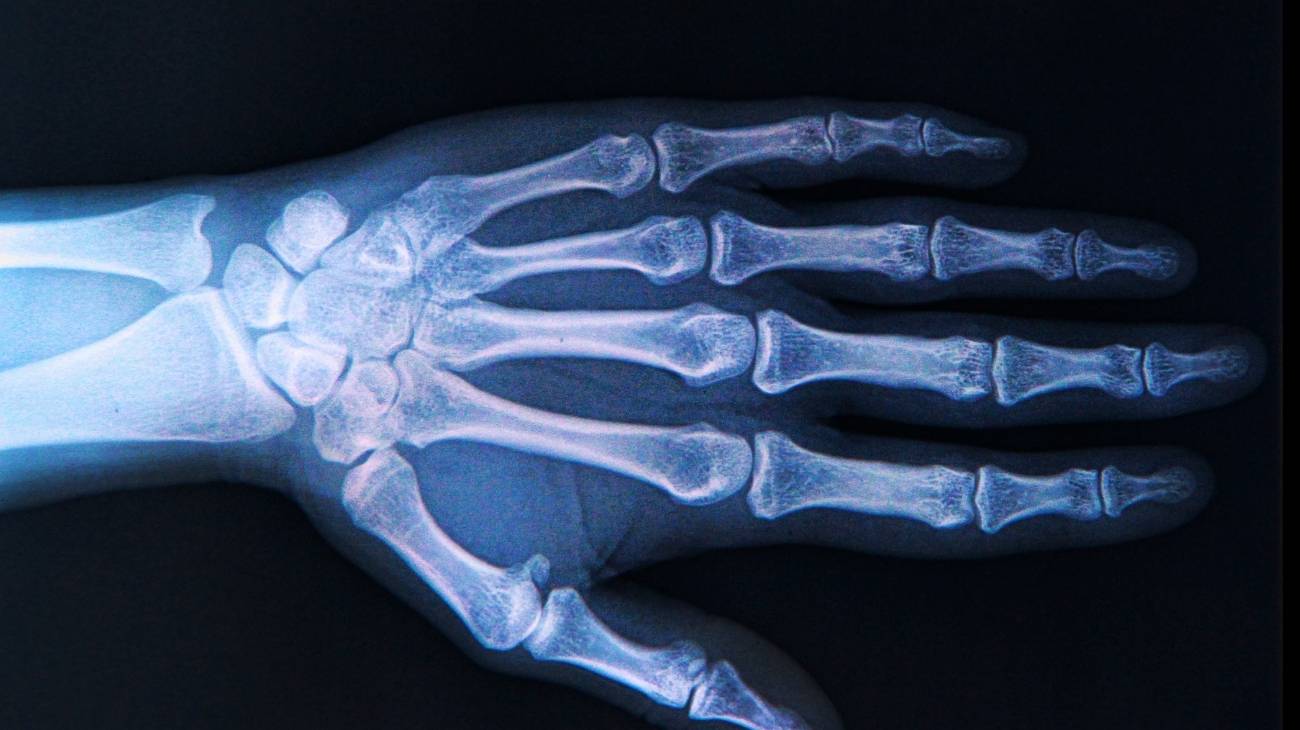Joint dislocations are serious injuries where bones are displaced from their natural alignment, causing pain, inflammation, and restricted mobility. These injuries often result from trauma, such as sports accidents or falls, and require a combination of immediate care and long-term rehabilitation. Choosing the right recovery tools is essential for effective pain relief and faster healing.
Compression sleeves are among the most effective tools for managing joint dislocations. They apply gentle pressure to the affected area, which reduces swelling and improves circulation. This enhanced blood flow not only promotes healing but also helps stabilize the joint, minimizing the risk of further injury. Available for various joints such as the shoulder, knee, and elbow, these sleeves are designed with breathable materials that ensure all-day comfort.
Another highly recommended solution is cold therapy wraps, which are ideal for the acute phase of recovery. These wraps deliver localized cold treatment, helping to reduce inflammation and numb the pain. Their ergonomic design ensures they mold perfectly to the affected joint, providing consistent relief. Combining cold therapy with compression amplifies the recovery process, offering a comprehensive solution for dislocations.
Incorporating electrotherapy with TENS machines into your recovery regimen can be transformative. TENS devices emit electrical impulses that block pain signals and stimulate muscle activity. This method is particularly beneficial for chronic pain management and improving muscle strength around the injured joint, ensuring a more complete recovery.
Heat therapy is another valuable tool, especially in the later stages of rehabilitation. Using heating pads or thermal seed packs helps increase blood flow, relieve stiffness, and enhance flexibility. This is crucial for preparing the joint for mobility exercises and strengthening routines.
Strengthening exercises play a pivotal role in preventing future dislocations. Resistance bands and stretch bands are excellent tools for rebuilding muscle strength and stability. Gradual progression in resistance ensures safe rehabilitation, helping to restore full joint function over time.
Feel Recovery offers an expertly curated range of products designed to address every phase of recovery from a dislocation. From pain management to mobility restoration, each tool is crafted to provide maximum efficacy. Explore solutions tailored to your needs and experience the confidence of pain-free movement.
FAQ: Frequently Asked Questions
What is the best product for managing pain after a joint dislocation?
Compression sleeves and cold therapy wraps are excellent for pain relief. Compression reduces swelling while cold therapy numbs the affected area for immediate relief.
How do I choose the right size of compression sleeves?
Measure the circumference of your joint and consult the sizing chart for the product. A proper fit ensures maximum comfort and support.
Are these products safe for sensitive skin?
Yes, most products are made from hypoallergenic materials. If you have specific sensitivities, check the product details for material composition.
How often should I use a TENS machine?
Use a TENS machine for 15–30 minutes per session, up to three times daily. Follow the instructions provided or consult your healthcare provider.
How should I maintain and clean recovery products?
Most products can be cleaned with mild soap and water. Always follow the care instructions to maintain durability and performance.




